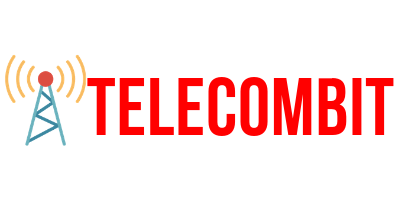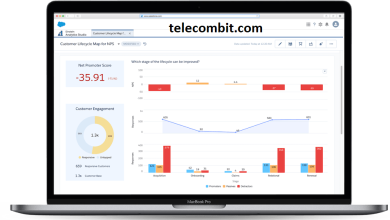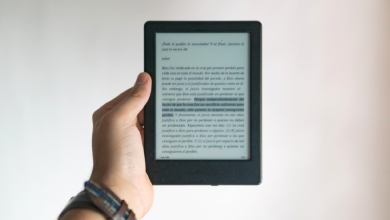Should solar panels be flat or Tilted?
One of the critical decisions in solar panel installation is whether to mount them flat or tilted. The orientation of solar panels significantly affects their energy production efficiency. We will delve into the debate surrounding flat vs. tilted solar panels, exploring the advantages and disadvantages of each approach to help you make an informed decision.

Advantages and disadvantages of each approach
1. Flat Solar Panels: Efficiency and Cost-Effectiveness
Flat solar panels, flush-mounted or fixed-tilt panels, are mounted parallel to the ground or roof surface. This installation method is often chosen for its simplicity and cost-effectiveness. One of the primary advantages of flat solar panels is their ease of installation. They demand minimal adjustments and are typically less expensive to install than tilted panels. Flat panels can be mounted directly on rooftops for residential buildings, utilizing existing structures without additional support systems. Furthermore, flat panels are less susceptible to wind forces due to their lower profile, reducing the need for additional reinforcement. This can be profitable in areas prone to strong winds or for rooftop installations where structural integrity is a concern.
2. Tilted Solar Panels: Maximizing Energy Generation
Tilted solar panels, or angled or adjustable-tilt panels, are oriented at an angle to the ground or roof surface. These panels are adjusted to face the sun more directly, maximizing energy generation. The primary advantage of tilted panels is their superior energy production efficiency. By tilting the panels to match the latitude of the installation site and adjusting them seasonally, you can optimize their exposure to sunlight throughout the year. This leads to increased energy output and a higher return on investment (ROI) for solar panel systems. Tilted panels are particularly effective in regions with distinct seasons, where the sun’s path in the sky varies significantly throughout the year. They capture more sunlight during winter when the sun is lower in the sky, compensating for the shorter daylight hours.
Also Read: Navigating Job Boards and Online Platforms
3. Geographic Considerations
The choice between flat and tilted solar panels is influenced by the geographic location of the installation site. The angle at which the sun strikes the Earth’s surface varies with latitude, affecting the optimal panel orientation. In regions near the equator, where the sun’s angle remains relatively consistent year-round, flat panels can be highly effective. Their simplicity and lower cost make them a practical choice. Conversely, in regions with higher latitudes, especially those experiencing harsh winters, tilted panels are often recommended. The ability to adjust the tilt angle allows for optimization of energy production during both summer and winter, compensating for the changing solar path.
4. Seasonal Adjustments
One of the significant advantages of tilted solar panels is their adaptability to seasonal changes in the sun’s position. Adjusting the tilt angle for each season ensures that the panels capture the maximum amount of sunlight year-round. For instance, during the winter months, when the sun is lower in the sky, increasing the tilt angle of the panels helps capture sunlight more effectively. In difference, during the summer months when the sun is higher, reducing the tilt angle prevents overheating and maximizes energy production. Some solar panel systems are equipped with tracking technology that automatically adjusts the panel orientation throughout the day to follow the sun’s path. While these systems can be highly efficient, they are also more complex and costly.
5. Energy Efficiency and ROI
The energy efficiency of solar panels is a paramount factor in determining their return on investment. Tilted panels, due to their ability to optimize exposure to sunlight, typically have a higher energy production capacity compared to flat panels. This increased energy production can translate into a shorter payback period for the initial investment in solar panels and higher long-term savings on electricity bills. For commercial installations and larger solar farms, where maximizing energy generation is crucial, tilted panels are often the preferred choice. Nevertheless, it’s paramount to regard the additional costs associated with the installation and maintenance of tilted panels, such as tracking systems and seasonal adjustments. These costs should be weighed against the expected increase in energy production and ROI.
6. Roof Type and Structure
The type and structure of the roof or mounting surface also play a role in determining whether flat or tilted panels are more suitable. Some roofs may not have the structural integrity to support tilted panels, especially if additional reinforcement is required. Flat panels are generally more compatible with various roofing materials and structures. They can be flush-mounted directly onto the roof surface without the need for extensive modifications. In distinction, tilted panels may require custom mounting systems and structural assessments to ensure the roof can support the added weight and wind forces. This can increase installation costs and complexity.
The decision to install flat or tilted solar panels relies on diverse factors, including geographic location, energy efficiency goals, budget considerations, and structural compatibility. Flat panels offer simplicity and cost-effectiveness, making them suitable for regions with consistent sun exposure. Tilted panels, on the other hand, maximize energy generation and ROI, making them ideal for locations with variable sun angles and distinct seasons. Eventually, the choice between flat and tilted solar panels should be made based on the specific circumstances and objectives of the solar panel installation. It is advisable to consult with a professional solar installer who can assess your site and provide expert guidance to help you make the most knowledgeable decision for your solar energy project. New York state solar incentives have spurred significant interest and investment in renewable energy, leading to a greener and more sustainable future for the state.





